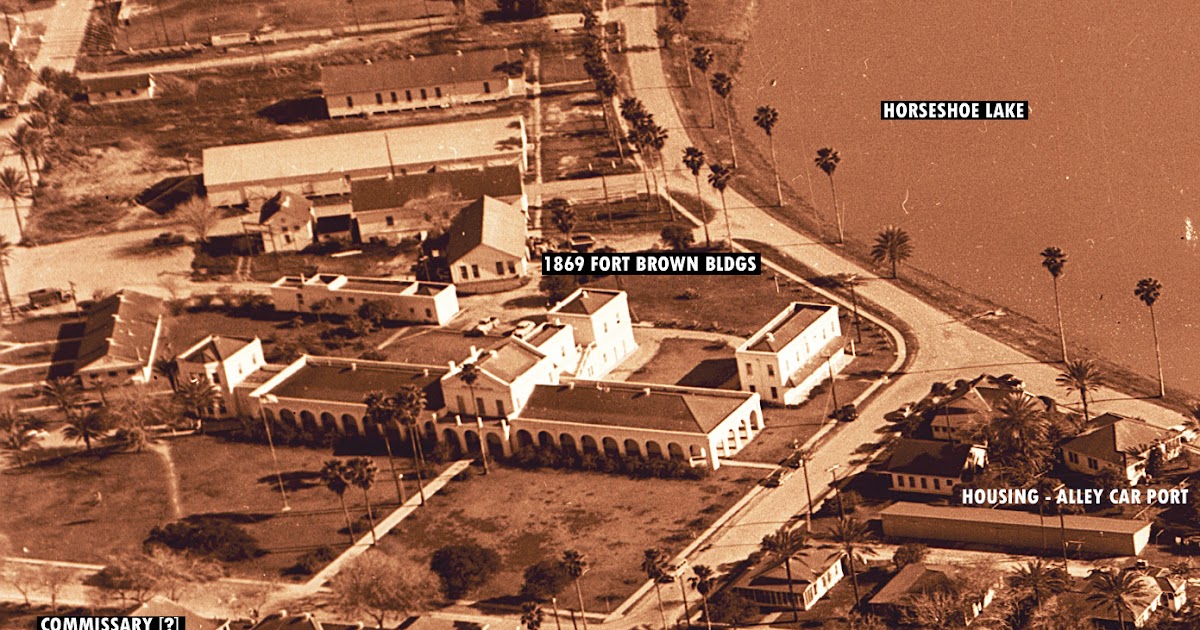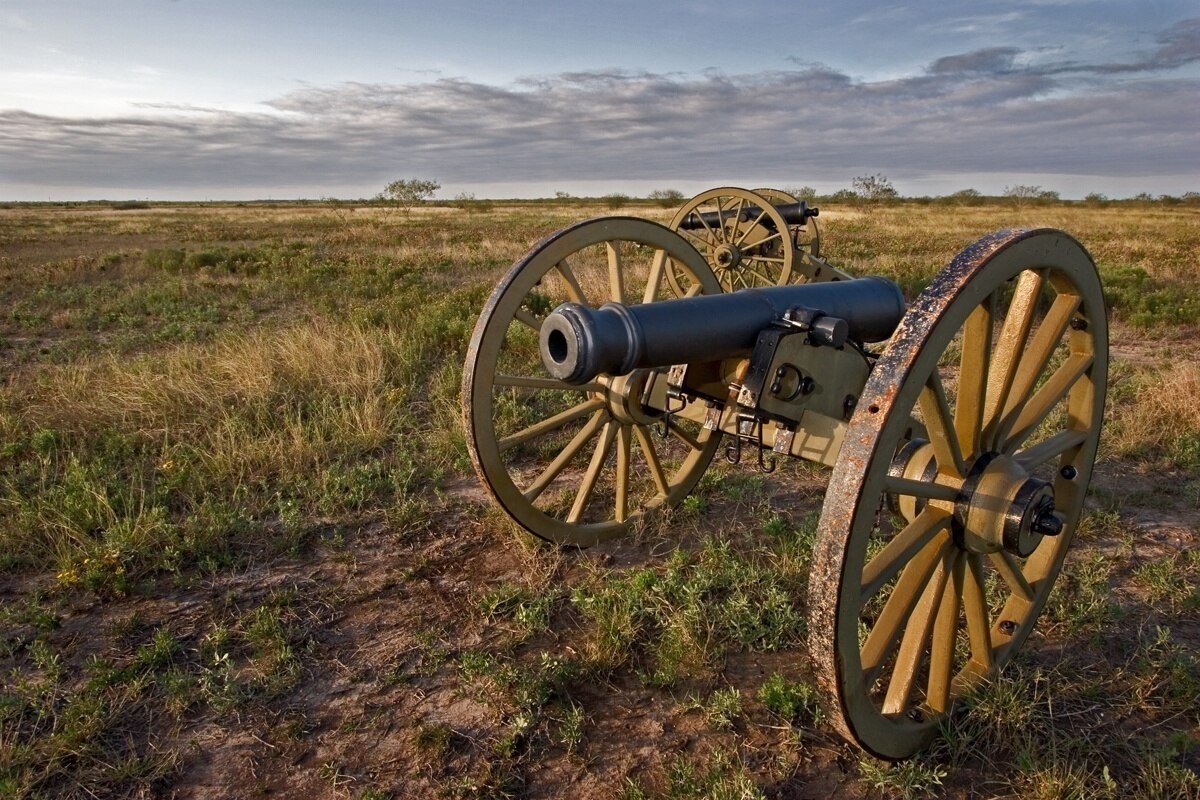
Echoes in the American Landscape: Unearthing the Nation’s Enduring Legends
America, a nation often defined by its forward gaze and relentless pursuit of the new, paradoxically possesses a rich, sprawling tapestry of ancient and modern legends. From the creation myths of its indigenous peoples to the towering figures of the Wild West, and from spectral encounters in forgotten forts to the cryptids lurking in its vast wilderness, these narratives form the bedrock of a shared cultural identity. They are more than mere campfire stories; they are historical markers, psychological reflections, and enduring testaments to the American spirit – its fears, its hopes, its triumphs, and its unresolved traumas.

Like archaeological layers, these legends reveal the strata of American experience. The oldest tales whisper of a primordial world, echoing the spiritual connection between early inhabitants and the land itself. Indigenous legends, passed down through generations, often explain the origins of the world, the behavior of animals, and the moral compass of humanity. Figures like the trickster Coyote or the culture-hero Raven appear across diverse tribal narratives, embodying both wisdom and folly, shaping the very landscape with their deeds. These stories are not just entertainment; they are living histories, educational tools, and spiritual guides, deeply intertwined with the identity of the tribes who tell them. They speak of a time when the veil between the seen and unseen was thin, and the natural world pulsed with intelligent, powerful forces.
As European settlers arrived, bringing their own rich folklore of witches, fairies, and spectral warnings, these narratives began to intertwine with the New World’s mysteries. The dense, uncharted forests and unfamiliar creatures fueled new anxieties and wonders. The chilling tale of Sleepy Hollow, with its Headless Horseman, is a quintessential example of European Gothic horror transplanted onto American soil, reflecting the isolation and fear that could grip early frontier communities. The very real events of the Salem Witch Trials, though historical, quickly morphed into cautionary legends, speaking to the dangers of mass hysteria and religious fervor. Pirates like Blackbeard, sailing the Atlantic coast, carved their own violent legends, their buried treasures and ghostly apparitions becoming part of coastal lore, blending fact with terrifying fiction.
The great westward expansion of the 19th century became a fertile ground for a new breed of American legend: the larger-than-life hero. These were the figures who tamed the wilderness, embodied rugged individualism, and inspired a nascent nation. Paul Bunyan, the colossal lumberjack and his blue ox, Babe, carved out rivers and forests with their immense strength, symbolizing humanity’s power over nature. Johnny Appleseed, a gentle pioneer who spread apple seeds across the Midwest, became an emblem of generosity and foresight. These were not just tales of strength but of purpose, serving to inspire a nation building itself from raw land. As folklorist Richard Dorson noted, “American folklore is essentially a history of the expansion of the American people.” These legends were the mythic soundtrack to manifest destiny, transforming the arduous into the epic.
Yet, alongside these heroes, the shadows of conflict and lawlessness also birthed their own dark legends. The Civil War, with its unparalleled bloodshed, left a lasting imprint of spectral activity on battlefields like Gettysburg, where countless soldiers are said to relive their final moments. Outlaws like Jesse James and Billy the Kid, though real figures, were quickly mythologized, their deeds exaggerated and their motivations romanticized, reflecting a complex national fascination with rebellion and justice. Lost mines, particularly in the Southwest, like the infamous Lost Dutchman’s Gold Mine in Arizona’s Superstition Mountains, became symbols of elusive wealth and fatal obsession, luring prospectors to their doom and perpetuating tales of ancient curses and vengeful spirits guarding untold riches.
It is in places where history is particularly heavy, where cultures clashed and blood was spilled, that legends often cling most stubbornly. One such place is Fort Brown, Texas. Situated on the banks of the Rio Grande in Brownsville, Fort Brown is more than just a collection of historic buildings; it’s a crucible of American history, a site that has witnessed the birth of a nation’s expansion, the agony of war, and the slow march of time.
Established in 1846 during the Mexican-American War, initially as Fort Taylor, it quickly became Fort Brown after Major Jacob Brown was killed defending it. It served as a crucial military outpost through the Civil War, various border conflicts, and even into the 20th century, before its eventual decommissioning. Today, much of the old fort grounds are part of the University of Texas Rio Grande Valley campus, where the stately brick buildings and sprawling oaks stand as silent witnesses to a turbulent past.
It is precisely this long, often violent, history that has made Fort Brown a nexus for paranormal activity and local legends. “The very air here feels heavy with the past,” observed Dr. Cynthia Jones, a local historian and author specializing in regional folklore. “You can’t have nearly two centuries of military presence, conflict, and the crossing of cultures without stories taking root in the soil.”
The most persistent legends at Fort Brown revolve around its many resident ghosts. Perhaps the most famous is the “Lady in White,” a spectral woman often seen wandering the grounds, particularly near the old hospital buildings. Her identity is debated – some say she is a nurse who died during an epidemic, others a heartbroken bride awaiting a soldier who never returned from battle. Her appearance is often accompanied by a feeling of profound sadness, a lingering echo of sorrow from a bygone era.

Another prevalent legend concerns phantom soldiers. Guards and students alike have reported seeing figures in period uniforms marching or standing sentinel, only to vanish into thin air. Unexplained footsteps are heard in empty barracks, disembodied voices whisper in the night, and objects are said to move on their own accord. The old hospital building, with its history of suffering and death, is a particular hotspot, with reports of crying, moaning, and the distinct smell of ether or old medicine. The “Red Baron,” a malevolent spirit believed to be a deceased officer, is said to cause mischief and sometimes outright terror, specifically targeting those who disrespect the historical grounds.
What makes Fort Brown’s legends particularly compelling is their unique blend of American military history and the rich, spiritual traditions of the Texas-Mexico borderland. The concept of ánimas en pena (souls in purgatory) and aparecidos (apparitions) is deeply ingrained in Mexican folklore, and these beliefs undoubtedly inform how local residents interpret and perpetuate the ghostly tales of the fort. The border itself is a liminal space, a place where worlds meet and sometimes collide, making it a natural environment for stories of the uncanny to flourish. “The stories here aren’t just about American soldiers,” Jones explains. “They’re about the intertwining of lives, the clash of nations, and the universal human experience of loss and memory. The legends are a living archive of that complexity.”
Beyond the specific haunting of Fort Brown, the American landscape continues to generate new legends. The vast, untamed corners of the nation have given rise to cryptids like Bigfoot and the Mothman, creatures that embody our lingering fear of the unknown and our desire for a hidden, wild world. Urban legends, passed through digital networks, reflect contemporary anxieties, from internet-spawned boogeymen to conspiracy theories about secret government experiments, such as those famously associated with Roswell, New Mexico.
In essence, American legends are the nation’s collective unconscious, a dynamic narrative force that continually reshapes our understanding of ourselves and our place in the world. They are the threads that connect past and present, the seen and unseen, the historical and the fantastical. From the ancient wisdom of indigenous creation stories to the spectral sentinels of Fort Brown, these tales remind us that while America may be a young nation, its soul is as old and as complex as the stories it chooses to tell. They are not merely relics of the past but living narratives, constantly evolving, perpetually whispered, and forever echoing across the vast and storied American landscape.


